Ethereum
Ethereum creator seemingly donated $517k to mobile project ethOS
Published
3 months agoon
By
admin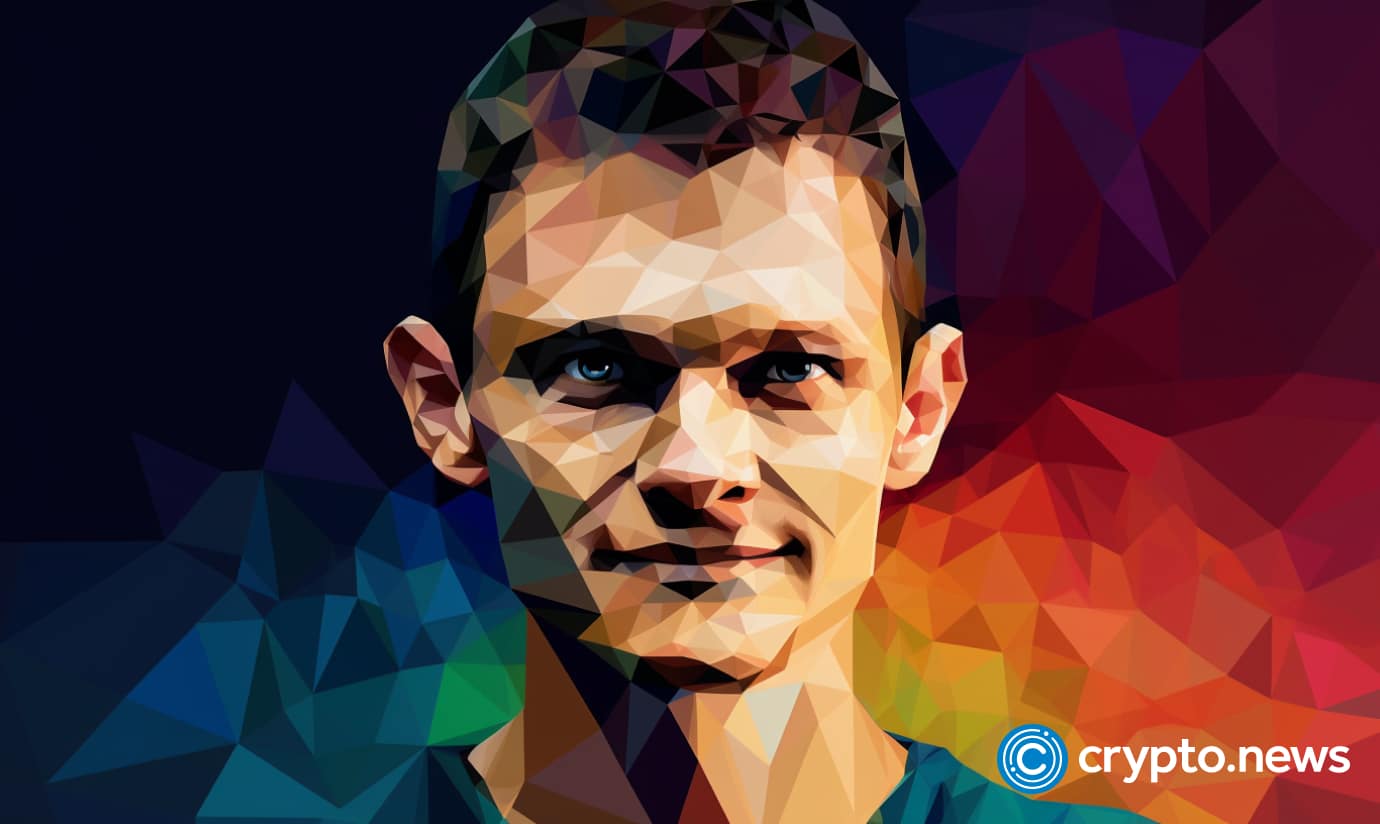

Vitalik Buterin has likely provided financial support to ethOS, a project promoted as the world’s first Ethereum mobile operating system.
According to Arkham data, Ethereum (ETH) co-founder Vitalik Buterin sent 199.9 ETH, valued at over $517,000, to a Gnosis Safe multi-signature contract. The leading speculation is that Buterin’s transfer was a donation to the Ethereum phone project called ethOS.
Built by pseudonymous developers at Freedom Factory, this open-source initiative was initially launched on select Android devices in late 2022 and redeployed the following year.
ethOS is an Ethereum-native mobile operating system that allows users to write blockchain code and deploy ETH-based decentralized applications. The team, formed in 2021, plans to release additional hardware offerings this year or next, according to the official ethOS website.
Is ethOS Ethereum’s answer to Solana Saga?
Fifteen years after the debut of Bitcoin (BTC), the blockchain industry is focused on achieving mass adoption by providing easy access to Web3 and real-world utility.
Integrating blockchain standards with mobile devices like smartphones has often been a challenge, but developments in recent years suggest progress.
In June 2022, Solana Labs, the entity behind Solana (SOL), introduced the Saga mobile device. The hardware was built atop Android’s OS and pre-loaded with Solana dapps like Phantom Wallet.
Slow sales initially cast doubt on Saga’s success, and Solana took nearly a year to sell 20,000 units. However, Saga 2.0 improved this track record, selling 100,000 units in pre-orders within a month.
At press time, Saga appeared to be ahead of ethOS, although the two projects have adopted different approaches to merging blockchain and mobile technology. The Ethereum and Solana blockchains have seen significant growth in the past year. If both ethOS and Saga continue to develop, they may eventually become full-fledged competitors in the blockchain mobile market.
Source link
You may like
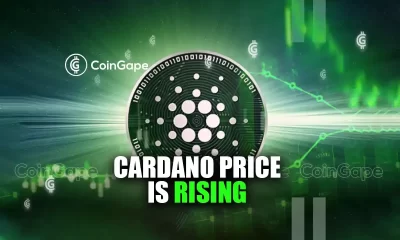

Cardano Price Hits $1 But Analyst Says This Is Just The Start


Legacy Media’s Transformation: Why Evolution Beats Extinction
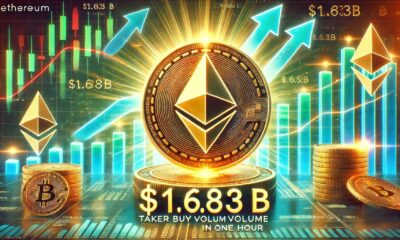

Massive Ethereum Buying Spree – Taker Buy Volume hits $1.683B In One Hour
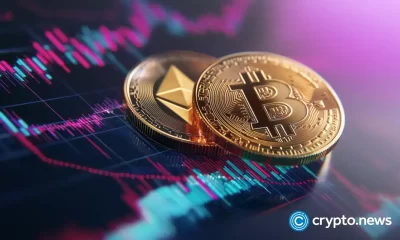

Ethereum lags behind Bitcoin but is expected to reach $14K, boosting RCOF to new high
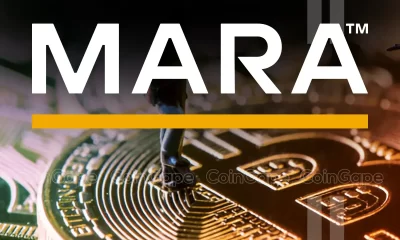

Bitcoin Miner MARA Buys Another 5771 BTC As Price Nears $100k


Jason "Spaceboi" Lowery's Bitcoin "Thesis" Is Incoherent Gibberish
ETH
Massive Ethereum Buying Spree – Taker Buy Volume hits $1.683B In One Hour
Published
3 hours agoon
November 23, 2024By
admin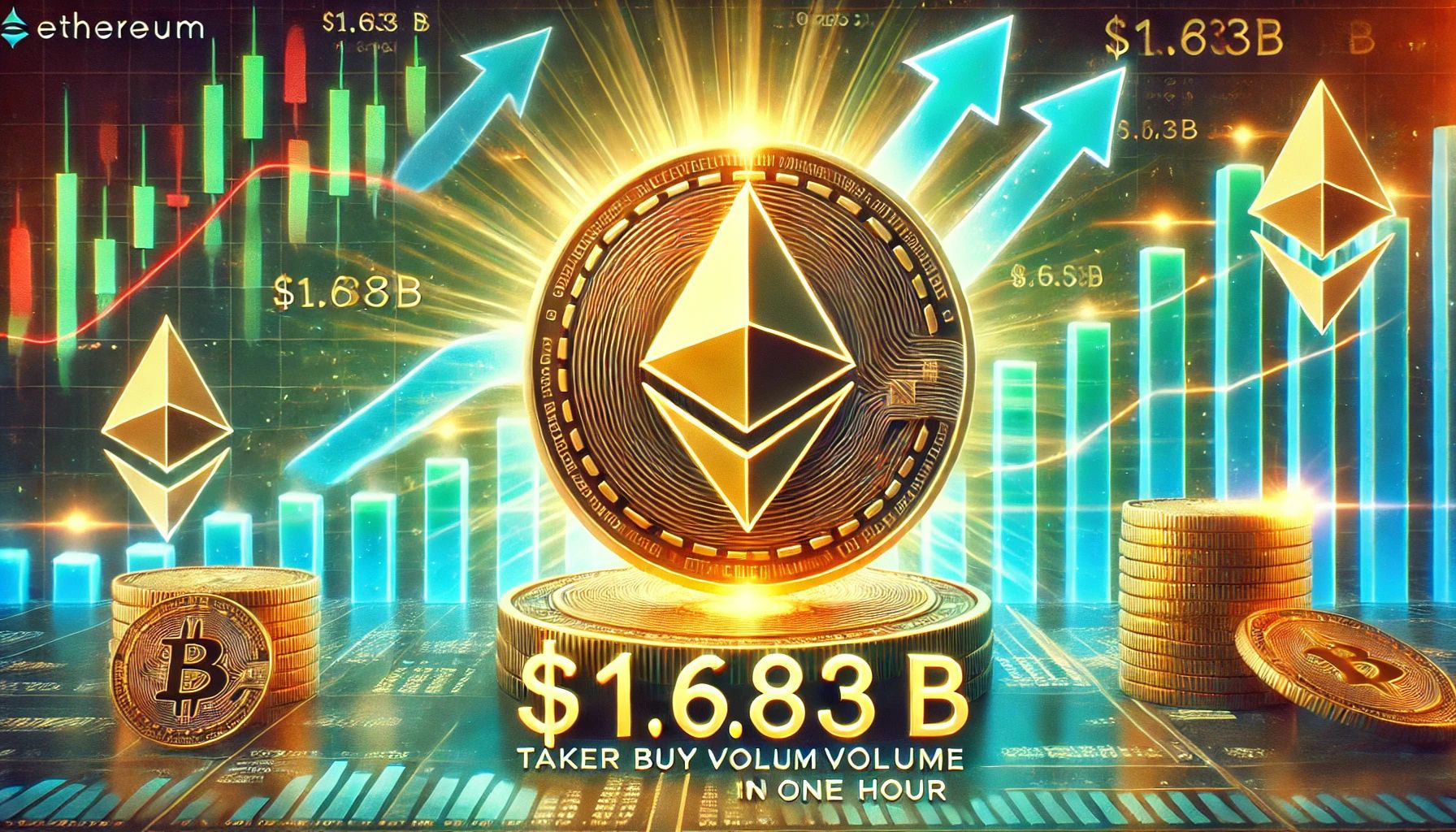
Ethereum surged over 10% yesterday, marking an impressive recovery alongside a very bullish day for the entire crypto market. This surge has reignited investor optimism, especially as Ethereum approaches its yearly highs.
Key data from CryptoQuant highlights a significant bullish signal: Ethereum’s Taker Buy Volume hit an astonishing $1.683 billion in a single hourly candle. This metric reflects aggressive buying activity in the futures market, further supporting Ethereum’s potential for continued upward momentum.
The driving force behind this rising demand for Ethereum appears to stem from profits being cycled out of Bitcoin. With Bitcoin consistently breaking all-time highs, investors are reallocating gains into ETH, boosting its price. Ethereum’s ability to capitalize on Bitcoin’s momentum underscores its position as the second-largest cryptocurrency and a key player in the broader market trend.
However, the next few days will be crucial for Ethereum as it nears its yearly highs. A strong breakout above these levels could propel ETH into a new uptrend, further strengthening its bullish narrative.
Ethereum Bulls Waking Up
Ethereum bulls are finally showing signs of life after eight months of bearish price action, with the price surging over 40% since November 5. This strong upward momentum aligns with the broader market rally, fueling optimism that Ethereum’s recovery is just beginning. The resurgence in bullish sentiment has positioned Ethereum as a key focus for investors seeking opportunities in the current market environment.
According to data by CryptoQuant analyst Maartunn, Ethereum’s Taker Buy Volume recently hit $1.683 billion in a single hourly candle, highlighting significant demand and the involvement of high-volume trades.

This aggressive buying activity is a bullish signal, suggesting increased confidence in Ethereum’s potential to sustain its rally. Strong demand at this scale creates upward pressure on the price, reinforcing the bullish narrative for ETH.
Related Reading
However, Ethereum still faces a critical hurdle at the $3,550 level, a significant supply zone that has acted as a barrier since late July. The next few days will be pivotal for Ethereum, as breaking above this key resistance could signal the continuation of its upward trajectory. Failure to do so, however, might result in a short-term consolidation. All eyes are now on ETH, as its next moves could set the tone for the altcoin market.
ETH Holding Above Key Levels
Ethereum (ETH) is trading at $3,333 after a 10% surge yesterday, marking a significant rebound for the second-largest cryptocurrency. The price is testing a critical supply zone just below the $3,450 level, a resistance area that bulls need to reclaim to confirm the uptrend and maintain momentum for new highs.
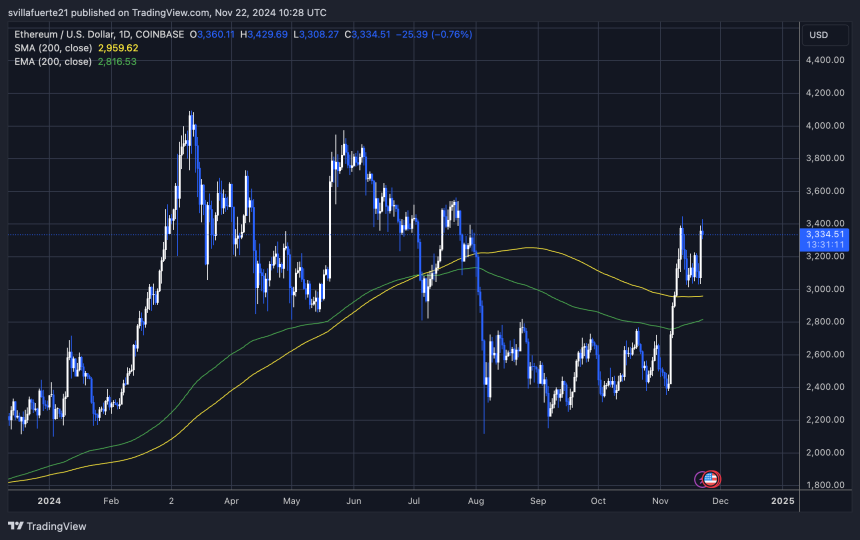
This supply zone has historically acted as a key barrier, and breaking above it with conviction would signal strong buying pressure and the potential for a sustained rally. Holding above the 200-day moving average (MA) at $2,959 further strengthens the bullish case for Ethereum, as this indicator is widely regarded as a benchmark for long-term price trends.
Related Reading
Should Ethereum maintain its position above the 200-day MA and push decisively past the $3,450 level, it could pave the way for a bullish rally, targeting higher resistance zones in the coming days.
However, failure to overcome this supply area may result in short-term consolidation as bulls regroup to challenge the level again. For now, the market focuses on Ethereum’s ability to clear this crucial resistance and continue its upward trajectory.
Featured image from Dall-E, chart from TradingView
Source link
ETH
Ethereum Believers May Be Staring Down Opportunity As ETH Reaches Another Low Against Bitcoin: CryptoQuant CEO
Published
23 hours agoon
November 22, 2024By
admin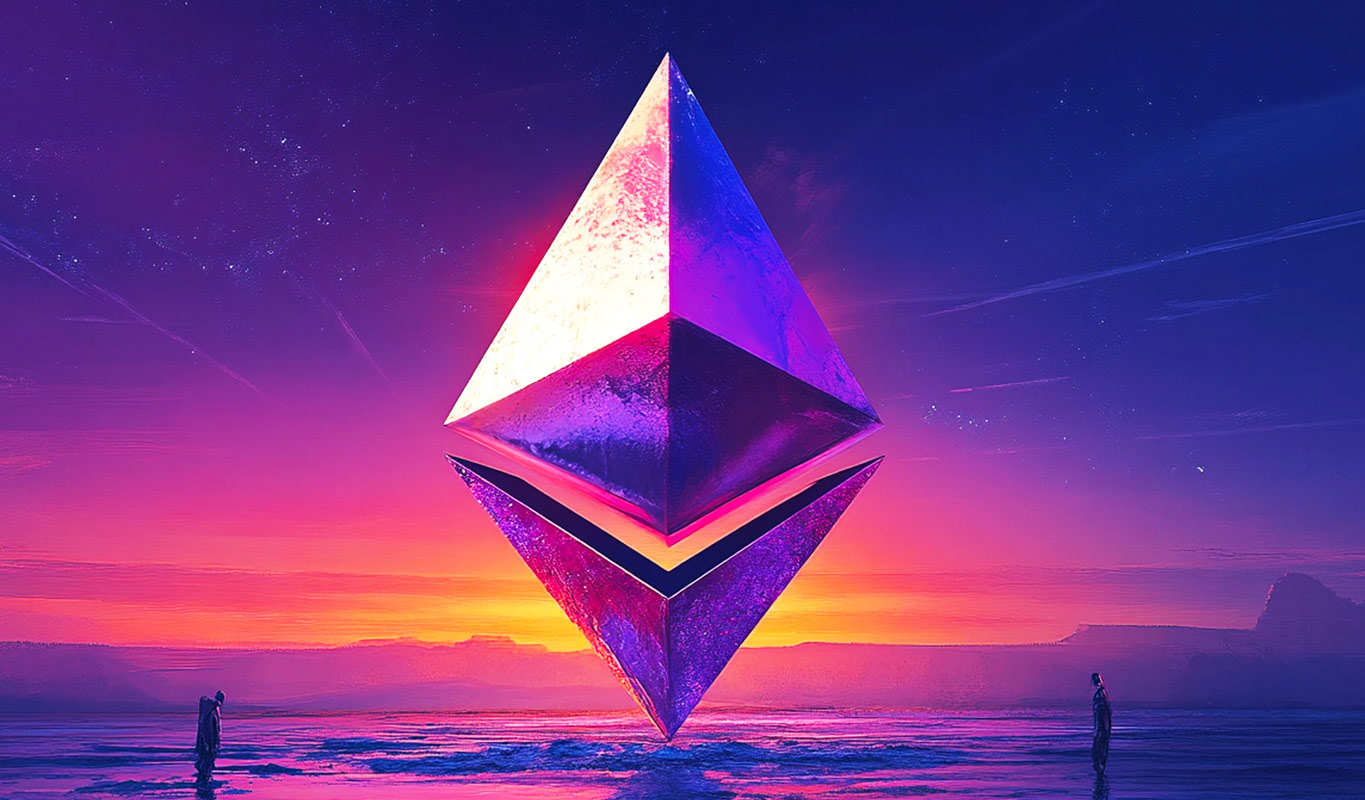
Believers in Ethereum (ETH) could be on the verge of an opportunity, according to Ki Young Ju, the founder and chief executive of the digital asset analytics firm CryptoQuant.
Young Ju tells his 370,400 followers on the social media platform X that the ETH/Bitcoin (BTC) Net Unrealized Profit/Loss level just hit a four-year low.
“Despite Ethereum’s underperformance against Bitcoin, ETH holders endure losses without realizing them. This mirrors levels from its early 2020 bottom.
This might be an opportunity for ETH believers.”

Young Ju also notes that ETH is becoming less correlated with BTC.
“The 180-day BTC-ETH Pearson correlation is at a three-year low. A 10% rise in Bitcoin could result in only a 3% gain for Ethereum.
Just because BTC is strong doesn’t mean you should buy ETH. Each asset is now following its own path.”

Young Ju isn’t the only crypto analyst who’s bullish on Ethereum: Former Goldman Sachs executive Raoul Pal also thinks ETH is primed for big gains.
The Real Vision CEO says ETH’s current chart is playing out similarly to Bitcoin’s between 2011 and 2019.
“Ethereum now versus the previous periods is following the last in Bitcoin. Now whether it gets to the target here of $20,000/ETH, who knows. Doesn’t really matter. But directionally, we’ll see what happens. ETH should accelerate from here, and I’m pretty confident that it will.”
ETH is trading at $3,054 at time of writing. The second-ranked crypto asset by market cap is down more than 1% in the past 24 hours.
Don’t Miss a Beat – Subscribe to get email alerts delivered directly to your inbox
Check Price Action
Follow us on X, Facebook and Telegram
Surf The Daily Hodl Mix
 

Disclaimer: Opinions expressed at The Daily Hodl are not investment advice. Investors should do their due diligence before making any high-risk investments in Bitcoin, cryptocurrency or digital assets. Please be advised that your transfers and trades are at your own risk, and any losses you may incur are your responsibility. The Daily Hodl does not recommend the buying or selling of any cryptocurrencies or digital assets, nor is The Daily Hodl an investment advisor. Please note that The Daily Hodl participates in affiliate marketing.
Generated Image: Midjourney
Source link
Bitcoin
Franklin Templeton crypto index ETF delayed by SEC
Published
2 days agoon
November 20, 2024By
admin

Franklin Templeton, one of the crypto exchange-traded fund (ETF) issuers, has expressed interest in releasing the crypto index ETF, but the authorities are now delaying it.
The Securities and Exchange Commission (SEC) detained the deadline for approving the crypto index ETF by Franklin Templeton. According to the filing on Nov. 20, the authorities raised their concern about the sufficient time they needed to decide whether it would be accepted or declined.
“The Commission may designate if it finds such longer period to be appropriate and publishes its reasons for so finding or as to which the self-regulatory organization consents, the Commission shall either approve the proposed rule change, disapprove the proposed rule change, or institute proceedings to determine whether the proposed rule change should be disapproved,” SEC fillings.
On August. 17, based on their filing, Franklin proposed the crypto index ETF by holding Bitcoin (BTC) and Ethereum (ETH) with the ticker EZPZ. The proposed fund would allow the two most prominent crypto in the world under the same index with an unspecified ratio weighted by market capitalization.
If approved by the authorities, EZPZ would use the Coinbase custody and be listed on the Cboe BZX exchange. Franklin may add another crypto into the index but should gain approval from the SEC.
Franklin Templeton moves on crypto
Franklin Templeton, which is based in New York, is one of the most adaptable asset managers that allows investors to gain more exposure from the crypto price movement. Franklin created another crypto-related product after receiving the authority approval in January for Bitcoin spot ETF.
On October. 31, they tokenized money market funds into several blockchains, including Base, Arbitrum, Polygon, Avalanche, Aptos, and Stellar. The U.S. government money market fund (FOBXX) has $410 million in assets being tokenized into that blockchain.
Franklin also works with SBI Group in Japan to prepare for the possibility of accepting the crypto fund in the country, but this work’s development has not been published yet.
Source link

Cardano Price Hits $1 But Analyst Says This Is Just The Start

Legacy Media’s Transformation: Why Evolution Beats Extinction

Massive Ethereum Buying Spree – Taker Buy Volume hits $1.683B In One Hour

Ethereum lags behind Bitcoin but is expected to reach $14K, boosting RCOF to new high

Bitcoin Miner MARA Buys Another 5771 BTC As Price Nears $100k

Jason "Spaceboi" Lowery's Bitcoin "Thesis" Is Incoherent Gibberish

Bankrupt Crypto Exchange FTX Set To Begin Paying Creditors and Customers in Early 2025, Says CEO

Top crypto traders’ picks for explosive growth by 2025

3 Tokens Ready to 100x After XRP ETF Gets Approval

Gary Gensler’s Departure Is No Triumph For Bitcoin

Magic Eden Token Airdrop Date Set as Pre-Market Value Hits $562 Million

Blockchain Association urges Trump to prioritize crypto during first 100 days

Pi Network Coin Price Surges As Key Deadline Nears

How Viable Are BitVM Based Pegs?

UK Government to Draft a Regulatory Framework for Crypto, Stablecoins, Staking in Early 2025
182267361726451435

Top Crypto News Headlines of The Week

Why Did Trump Change His Mind on Bitcoin?

New U.S. president must bring clarity to crypto regulation, analyst says

Ethereum, Solana touch key levels as Bitcoin spikes

Will XRP Price Defend $0.5 Support If SEC Decides to Appeal?

Bitcoin Open-Source Development Takes The Stage In Nashville

Bitcoin 20% Surge In 3 Weeks Teases Record-Breaking Potential

Ethereum Crash A Buying Opportunity? This Whale Thinks So

Shiba Inu Price Slips 4% as 3500% Burn Rate Surge Fails to Halt Correction

‘Hamster Kombat’ Airdrop Delayed as Pre-Market Trading for Telegram Game Expands

Washington financial watchdog warns of scam involving fake crypto ‘professors’

Citigroup Executive Steps Down To Explore Crypto
Mostbet Güvenilir Mi – Casino Bonus 2024

Bitcoin flashes indicator that often precedes higher prices: CryptoQuant
Trending

 2 months ago
2 months ago182267361726451435

 24/7 Cryptocurrency News3 months ago
24/7 Cryptocurrency News3 months agoTop Crypto News Headlines of The Week

 Donald Trump4 months ago
Donald Trump4 months agoWhy Did Trump Change His Mind on Bitcoin?

 News3 months ago
News3 months agoNew U.S. president must bring clarity to crypto regulation, analyst says

 Bitcoin4 months ago
Bitcoin4 months agoEthereum, Solana touch key levels as Bitcoin spikes

 Price analysis3 months ago
Price analysis3 months agoWill XRP Price Defend $0.5 Support If SEC Decides to Appeal?

 Opinion4 months ago
Opinion4 months agoBitcoin Open-Source Development Takes The Stage In Nashville

 Bitcoin4 months ago
Bitcoin4 months agoBitcoin 20% Surge In 3 Weeks Teases Record-Breaking Potential


